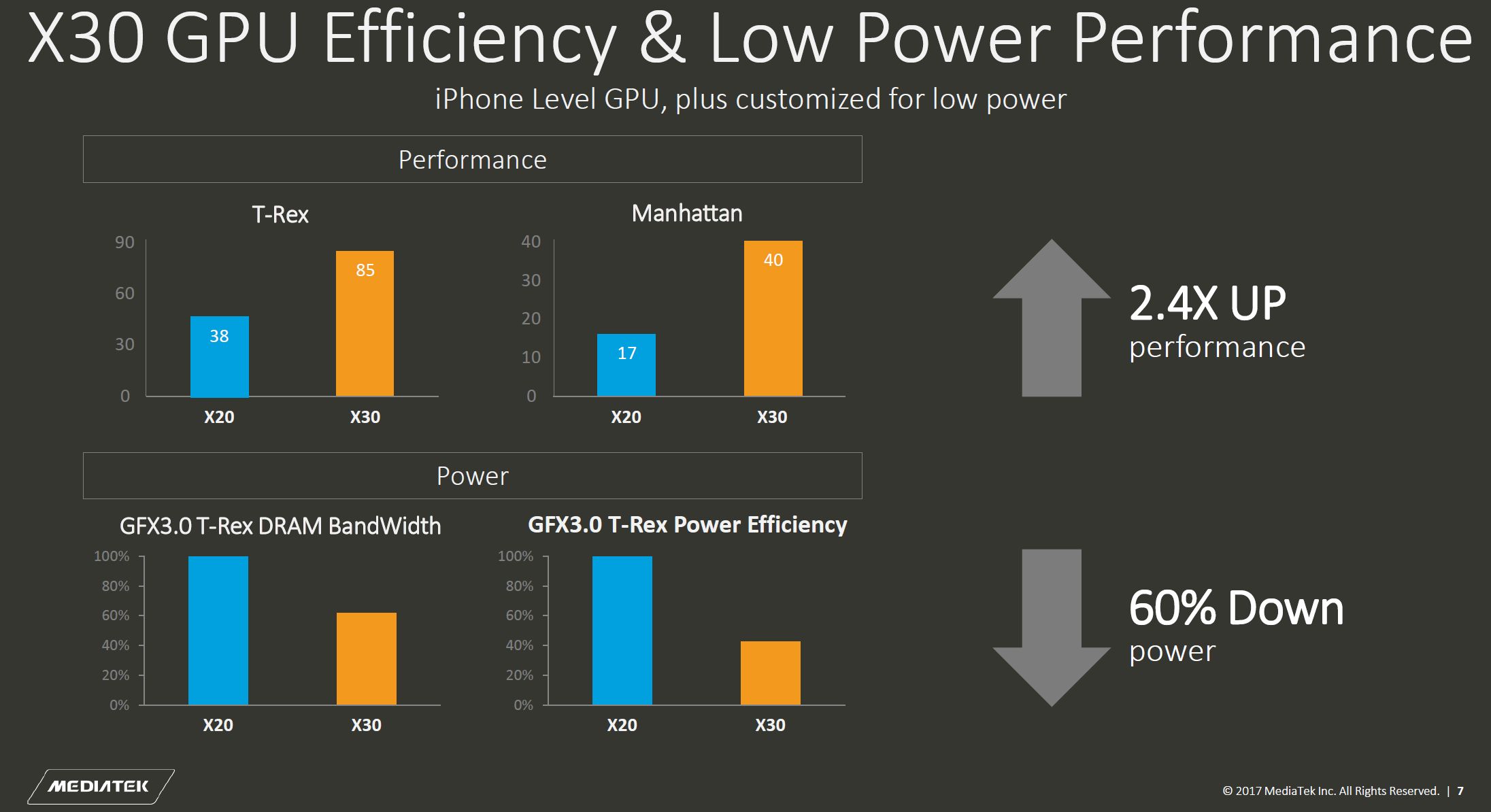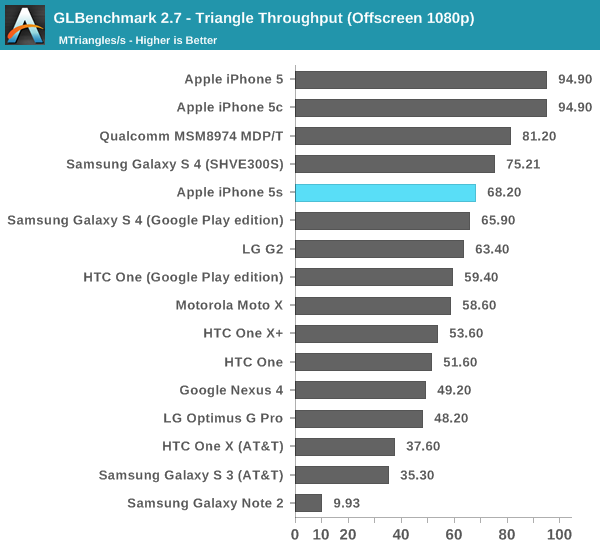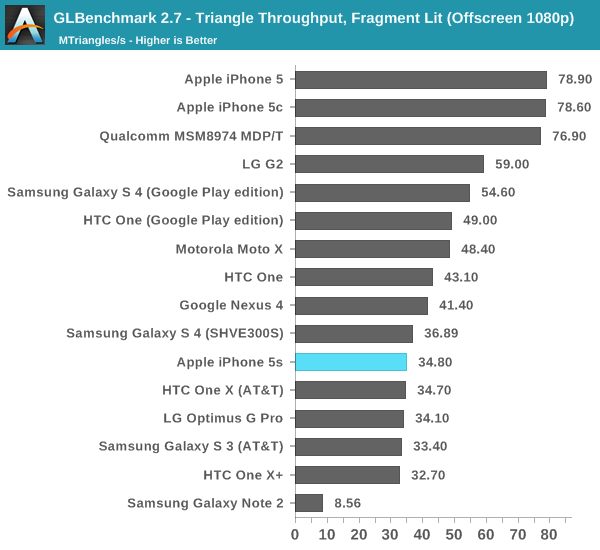Blazkowicz
Legend
Android on x86 was here also and failed. Or maybe better put x86 failed, and not due to a castrated OS like RT.
The ability of Windows on Apple hardware via boot camp probably is a key selling factor, at least it has been for me.
If Apple would switch to ARM CPUs, it still would have this possibility via Windows on ARM.
It hasn't failed entirely, it's just less common. Mainly, Android phones were a rat's nest Intel got out of, the competitors have low margins and a range of product that scales from low to high end (with Cortex A7, A53, A57 etc. and GPUs and radio bands) while Atom was basically one mid to high end CPU and that's all.
Atom tablets with Android are much a thing though. Some people may even find value in a Windows/Android dual boot. Though most might cut that noise and go Windows only (because there's a ton of little arbitrary "legacy" software, or HDMI + keyb + mouse makes it a small Windows desktop when needed) or Android only (because all the tablet/phone software is there)
There's no big strategy behind Android on x86 though. The * Trail and * Lake Atom chips simply are friendly enough to tablets as well as netbooks and "compute HDMI sticks" due to being SoCs with LPDDR and eMMC soldered on the motherboard. So random vendors make cheap tablets and both Microsoft and Google have had a policy of providing free as in beer OS to them.







